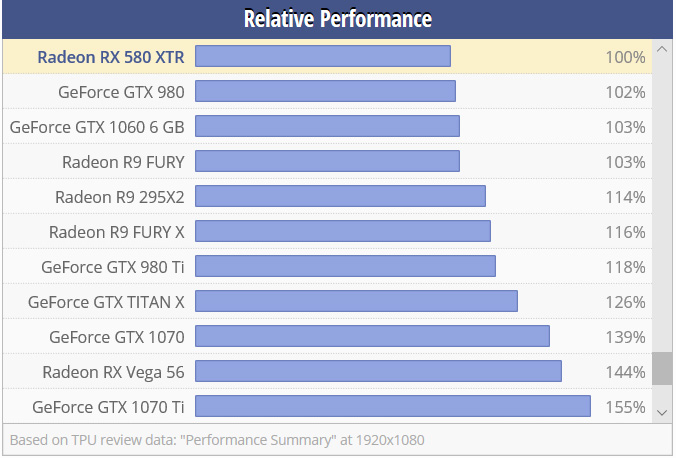The price will be similar to the ones today. £200-250 bracket.
Also it wouldn't surprise me it it was very close to the GTX1070 performance either.
Already in some games the 1070 is just 10%-15% faster than the 580, if that, at 1440p and 1080p.
Any more than £250 and they wont see my money, i think they will end up closer to £300 and i only buy Sapphire, maybe an 8GB Nitro+ will be around £275, and if that's the case, i'll keep using my RX 480.



